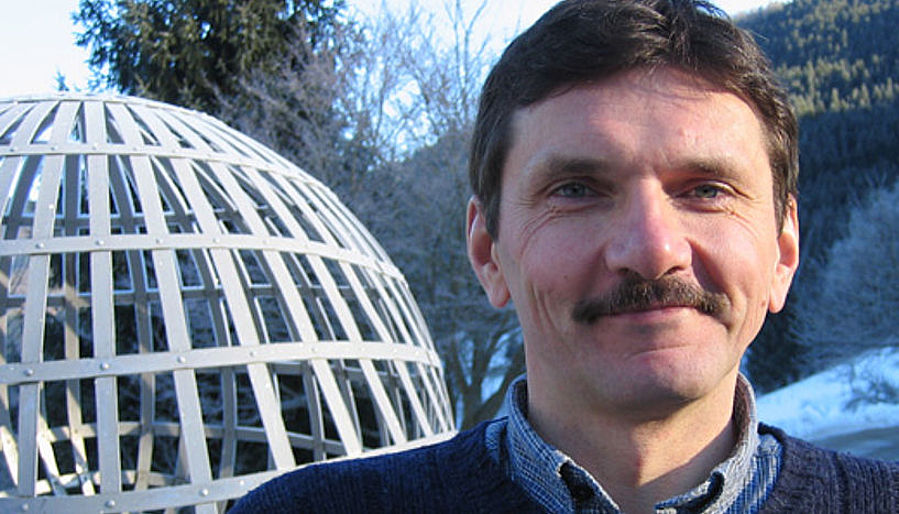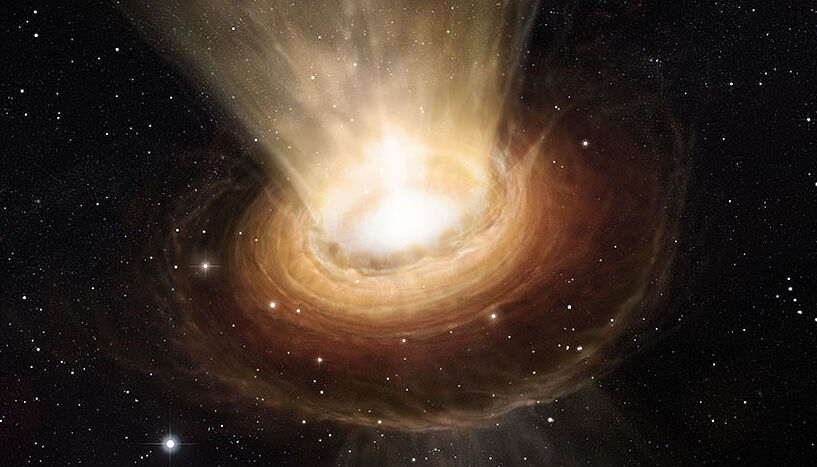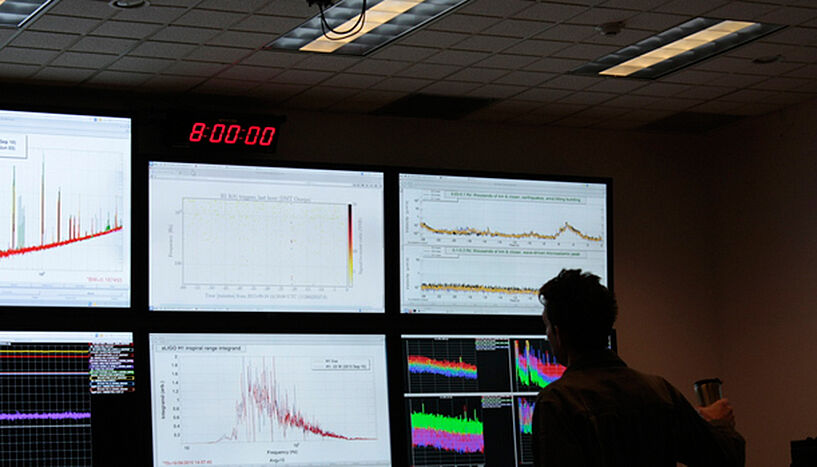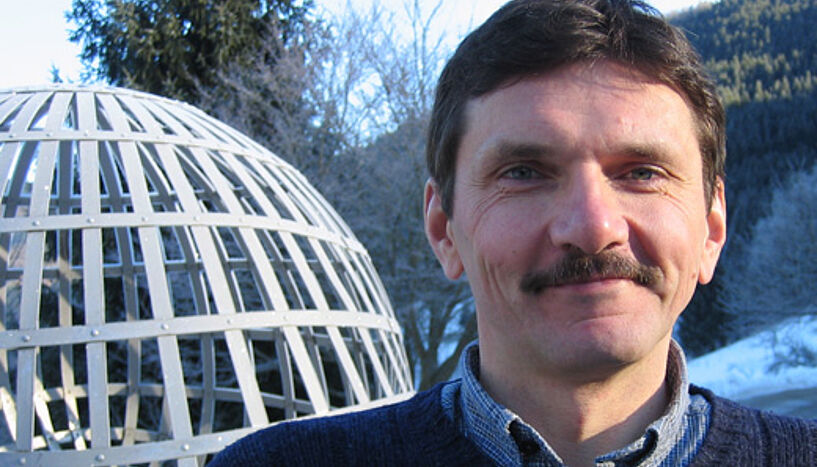"The ultimate scientist"
| 15. März 2018
Noted physicist Stephen Hawking (center) enjoys zero gravity during a flight aboard a modified Boeing 727 aircraft. (© Jim Campbell/Aero-News Network )
With great sadness the members of the Vienna Gravitational Physics group learned that Stephen Hawking passed away on March 14, 2018. With his unpretentious demeanour he has conquered the hearts of the public and became a cult scientist, the winking icon of theoretical science, the symbol of a playful and exploring mind.
One might be worried that the perception of Hawking as being a genius was biased by his terrible illness. While there is probably some truth in this, his discoveries in general relativity and cosmology place him in the elite club of the greatest relativists.
For the general public he is known as the genius in the wheelchair. For a vanilla theoretical physicist he discovered that black holes are not as black as one might think: They play quantum mechanical tricks to evade the "event horizon", a causal barrier that no classical object can cross. These quantum games allow black holes to emit radiation with a "thermal spectrum", with a temperature that Hawking was the first to calculate.
For a relativist he has – with Bardeen and Carter – formulated the basic laws of black hole mechanics, governing the evolution of black holes. He has discovered that the area of event horizons always increases until quantum effects start to interfere. He has – together with Penrose – proved the ultimate version of the "singularity theorems". These are theorems showing that, under quite general conditions, classical general relativity loses the ability to predict the future: a "singularity" forms and the universe stops.
His discovery of quantum radiation by event horizons has diffused to other areas of physics: On March 5 we heard in Vienna a Colloquium Talk by Jeff Steinbauer (from Technion, Haifa) presenting his experimental evidence for existence of Hawking-radiation-analog in Bose-Einstein condensates. Experiments geared towards the observation of similar Hawking-type effects are currently carried-out in other physical systems, including the mundane setting of water flow in a tank.
A source of inspiration for generations
His book with George Ellis, "The large scale structure of space-time", is sprinkled with visionary insights. The book has been a source of inspiration for generations of mathematical general relativists. The fact that it lacks rigour here and there remains a challenge, I and other authors are still filling in some gaps in Hawking's arguments. The book is one of the cornerstones upon which modern mathematical relativity is built.
I had the privilege to attend the "Geometry, relativity and topology II" Summer School in les Houches in the summer of 1983. Stephen Hawking, who was already one of my scientific heroes, gave a lecture course on quantum cosmology, a field he helped to invent. I was shocked to see him wheel-in in the lecture hall, having never heard about his illness. He could still speak then, but his speech was blurred to a point where only a few could understand him. So one of his students acted as translator, repeating his freely flowing lecture to the audience. He lost what remained of his ability to speak a few years later.
I had the chance to listen to several more of his talks and witness his sense of humour. An example: "I believe alien life is common in the universe, although intelligent life is less so. Some say it has yet to appear on planet Earth."
Stephen Hawking was universally perceived as the ultimate scientist. He will remain in our memories as a genius brain that managed to overcome, for decades, a terrible decay of the body. His slight figure, interfaced with communication technology, will remain a symbol of human will, and of devotion to science.

Since April 2010, Piotr Chruściel holds the professorship for Gravitational Physics at the Faculty of Physics. Prior to his affiliation with the University of Vienna he carried out research and taught in renowned institutions such as the University of Oxford and the Max Planck Institute for Gravitational Physics. (Photo: MFO)



